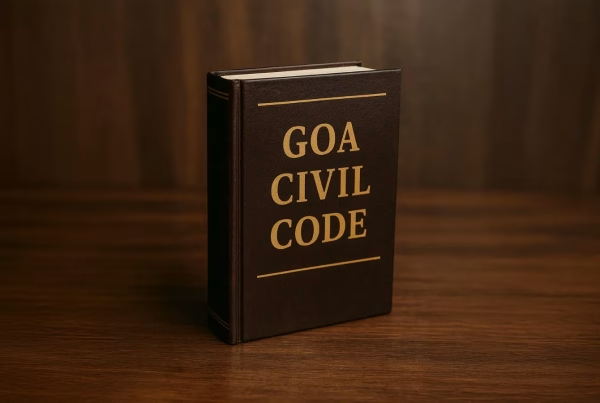In India, festivals are often a bridge between belief and survival, spirituality and community. While most of us are familiar with Raksha Bandhan or Janmashtami during the month of Shravan, Bengal quietly hosts a festival unlike any other—the Jhapan Festival. It is here, in Bishnupur of Bankura district, that faith and fear take the form of a mela dedicated to snakes and their goddess, Mansa Devi.
For centuries, villagers gathered to worship her, seeking protection from snakebites, good harvests, fertility, and prosperity. What makes the event striking is not just the devotion but the presence of live cobras—carried on heads, draped across shoulders, or displayed in bamboo baskets called jhapi.
The Origins of Jhapan Festival in West Bengal
The word “Jhapan” itself has layered meanings. Some say it comes from jhapi, the round bamboo basket in which snake charmers keep their serpents. Others trace it to “jhapan,” a raised platform for performance. Every year on the last day of Shravan, snake charmers, known locally as Jhapanias, lead processions through the streets of Bishnupur. The air fills with the hypnotic sound of the been (the snake charmer’s flute), women observe fasts, and prayers are offered not in temples alone but also to trees, stones, and ponds—symbols of nature where the goddess resides.
This unique blend of ritual, performance, and community celebration makes the Jhapan Festival one of Bengal’s most mysterious traditions.
Who is Mansa Devi?
To understand Jhapan, one must first understand the story of Mansa Devi. Unlike many gods and goddesses of the Hindu pantheon, her identity was not easily accepted. Legends vary, but a common thread runs through them—Mansa was born without recognition and fought for her place among the deities.
Some texts describe her as the manas putri of Lord Shiva, born from his mind during meditation. Others identify her as the daughter of sage Kashyapa and Kadru, or as the sister of Vasuki, king of serpents. A few folk versions say she was born from the union of sage Jaratkaru and a serpent-woman, destined to bring snake-knowledge to humans.
But recognition never came easily. Goddess Parvati refused to acknowledge her as a daughter, and the divine realm did not grant her a seat. Mansa Devi, therefore, became the goddess of struggle—earning worship only when she unleashed her wrath. Diseases spread, snakebites increased, and humanity had no choice but to surrender to her. It was only then that she was honored as a goddess of healing, fertility, and protection.
Even today, while her temples are few, her presence is deeply felt in rural Bengal. Worshippers don’t always need an idol; they offer prayers to natural forms—trees, stones, and water bodies—as manifestations of Mansa Devi’s temple.
Inside the Jhapan Festival
Imagine Bishnupur on the morning of the festival. Snake charmers bathe their cobras in ponds, decorating them with turmeric, vermillion, and flowers. Baskets are carried in processions, while dancers balance live snakes on their heads or let them coil around their bodies. Women observe fasts, children run through the fair, and offerings of milk and flowers are made to ponds believed to be sacred to Mansa Devi.
For devotees, the sight of a venomous cobra swaying harmlessly to the been is proof of divine grace. For outsiders, it appears as a spectacle both awe-inspiring and terrifying. The festival, therefore, becomes a stage where faith, performance, and community identity merge into one.
Faith Meets Law: The Turning Point
But with changing times came difficult questions. Was it fair to use snakes in rituals? Wildlife activists pointed out that many snakes had their fangs or venom glands removed, were kept hungry, or sedated to ensure they behaved during performances. Under the Wildlife Protection Act of 1972, keeping or displaying wild animals is illegal.
The debate came to a head in 2015 when animal rights activists and forest officials stepped in. District authorities in Bankura warned organizers that live snake shows would invite legal action. For the first time in over four centuries, the Jhapan Festival was held without real snakes. Rubber replicas and empty baskets replaced living cobras.
It was a moment of reckoning: should traditions remain unchanged, or should they adapt to the values of the present?
Jhapan Festival Today
Even without live snakes, the Jhapan Festival in West Bengal continues to thrive. Its essence has shifted from spectacle to symbolism. Today, the mela hosts folk music, terracotta stalls, storytelling, and food fairs. Snake charmers sometimes carry clay or wooden serpents, keeping the ritual alive in symbolic form. What once was a dramatic dance with cobras has transformed into a cultural festival that balances devotion with legality.
And perhaps that is the enduring strength of Indian traditions—the ability to evolve without losing their soul. Jhapan remains a celebration of Mansa Devi, her struggle for recognition, and the eternal human quest for protection against the unknown.
The Jhapan Festival is more than a fair about snakes; it is a story of a goddess who fought to be worshipped, of communities who sought safety in her name, and of traditions that continue to adapt with time.
So the next time you think of Bengal’s festivals, remember that beyond Durga Puja lies another celebration—one where the cobra itself becomes sacred, and the goddess of serpents, Mansa Devi, continues to inspire reverence.



